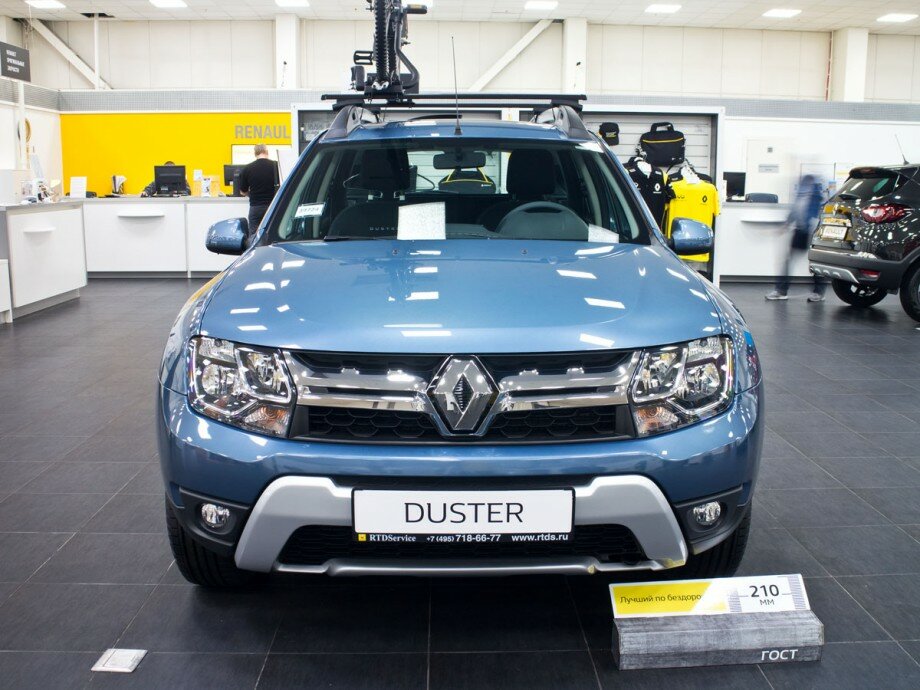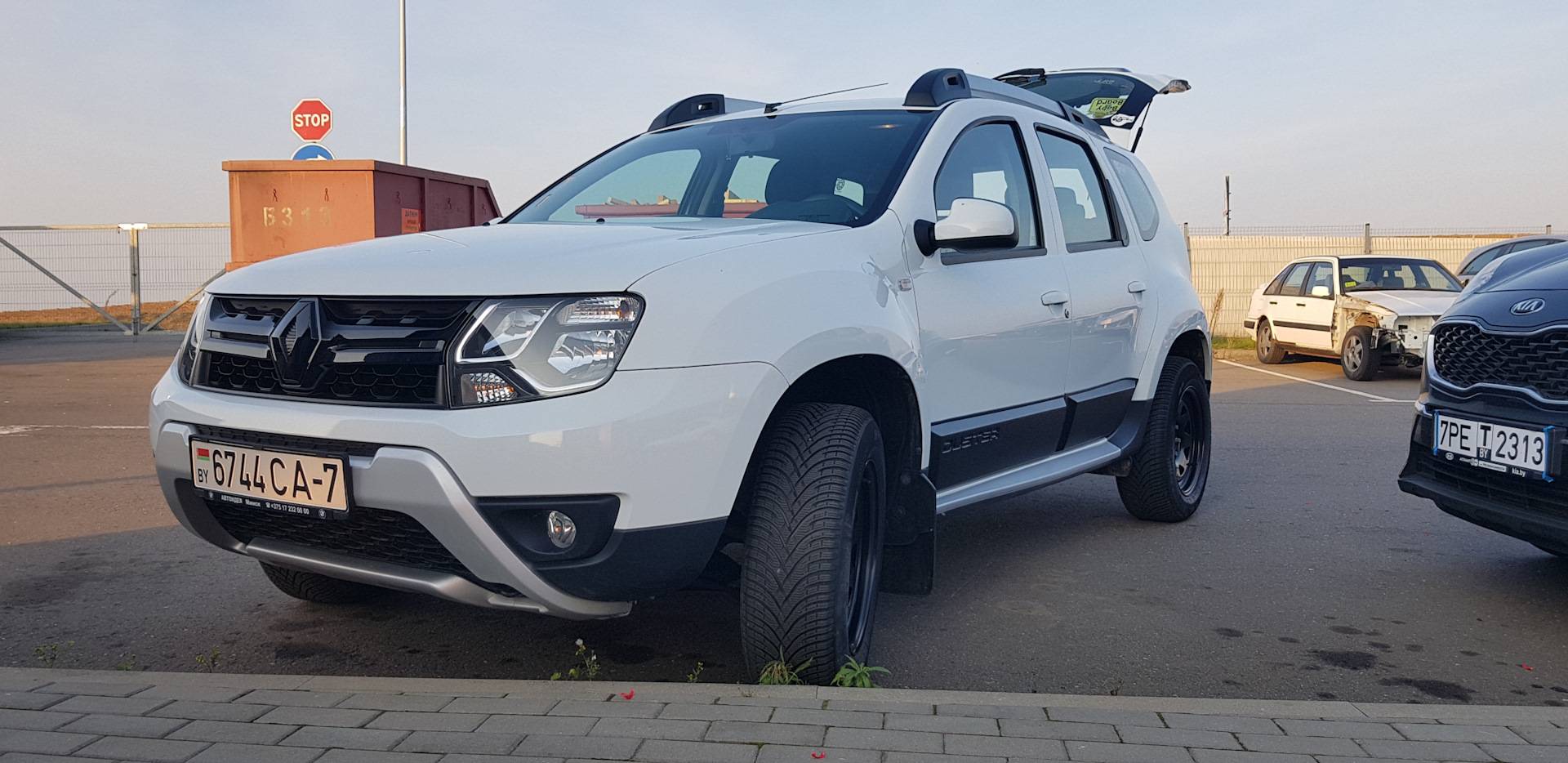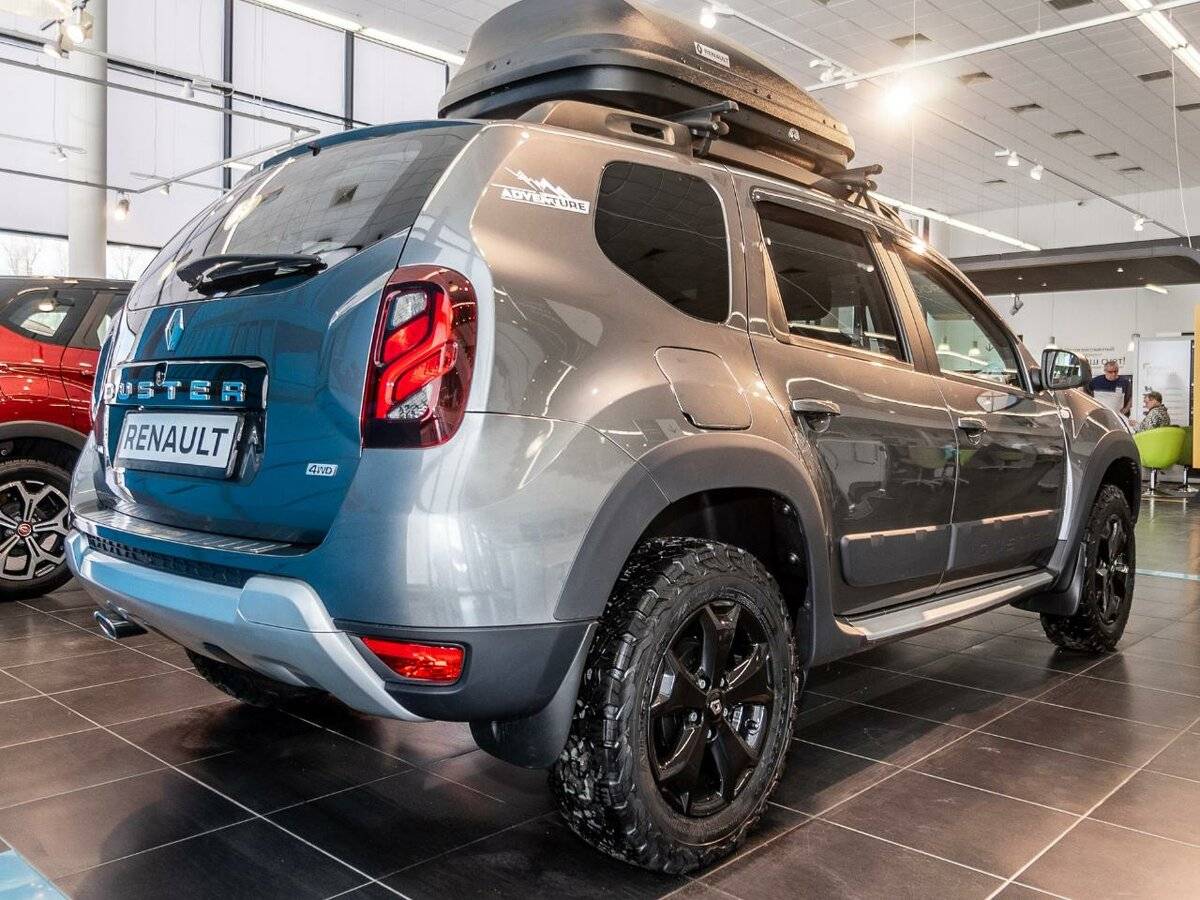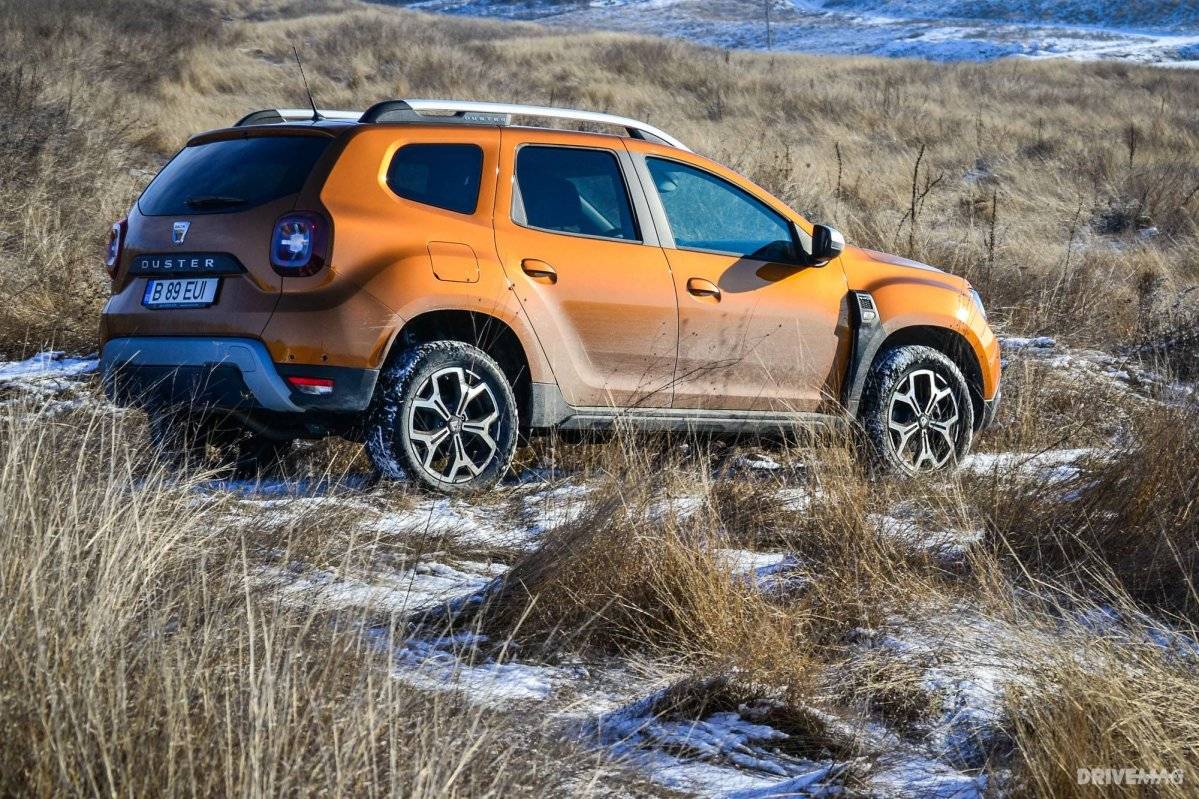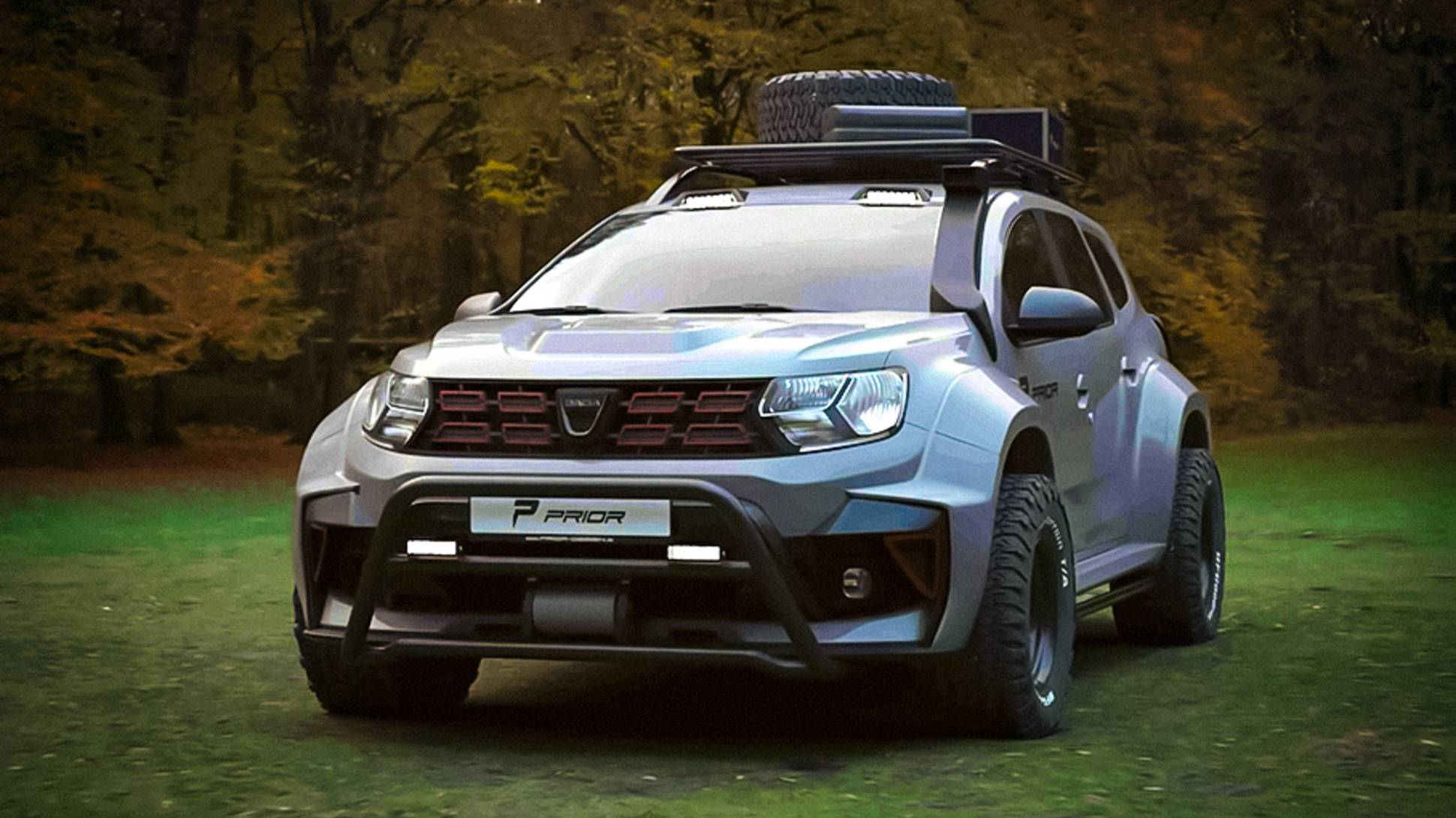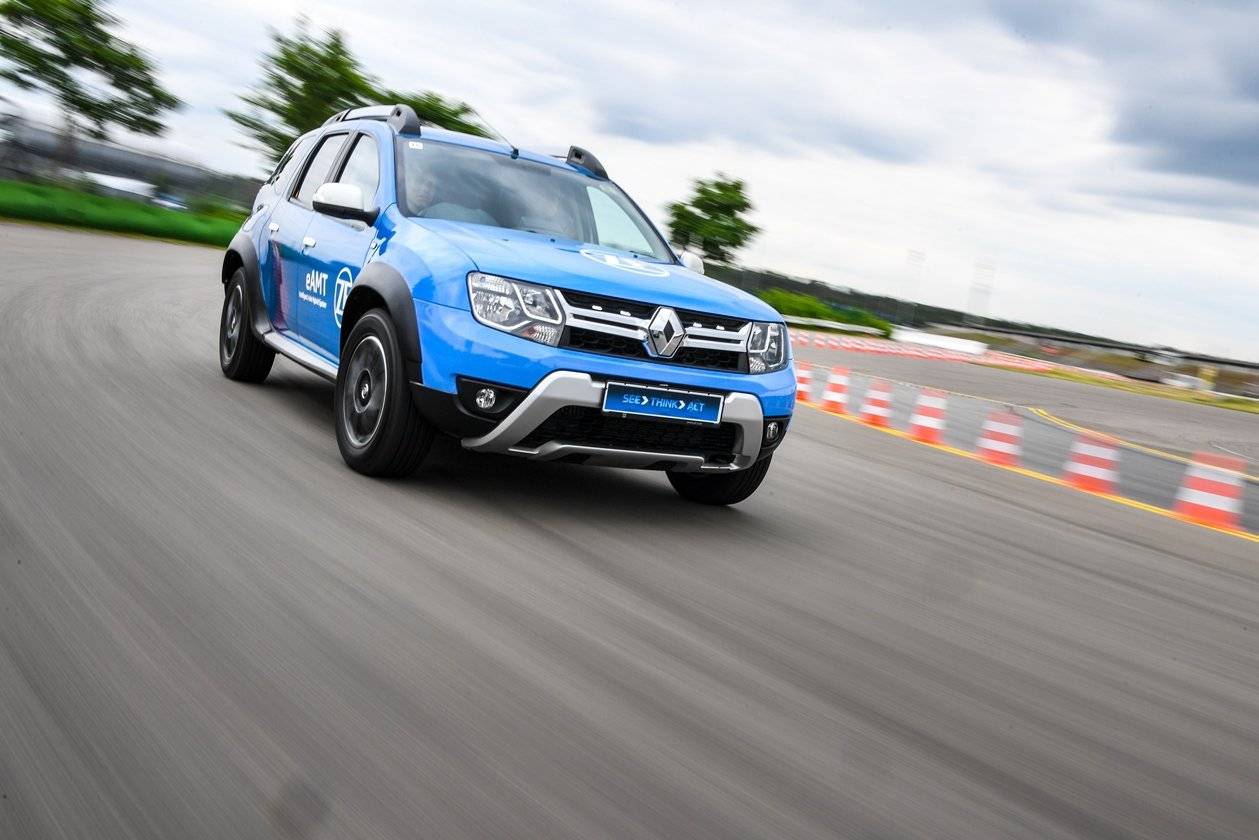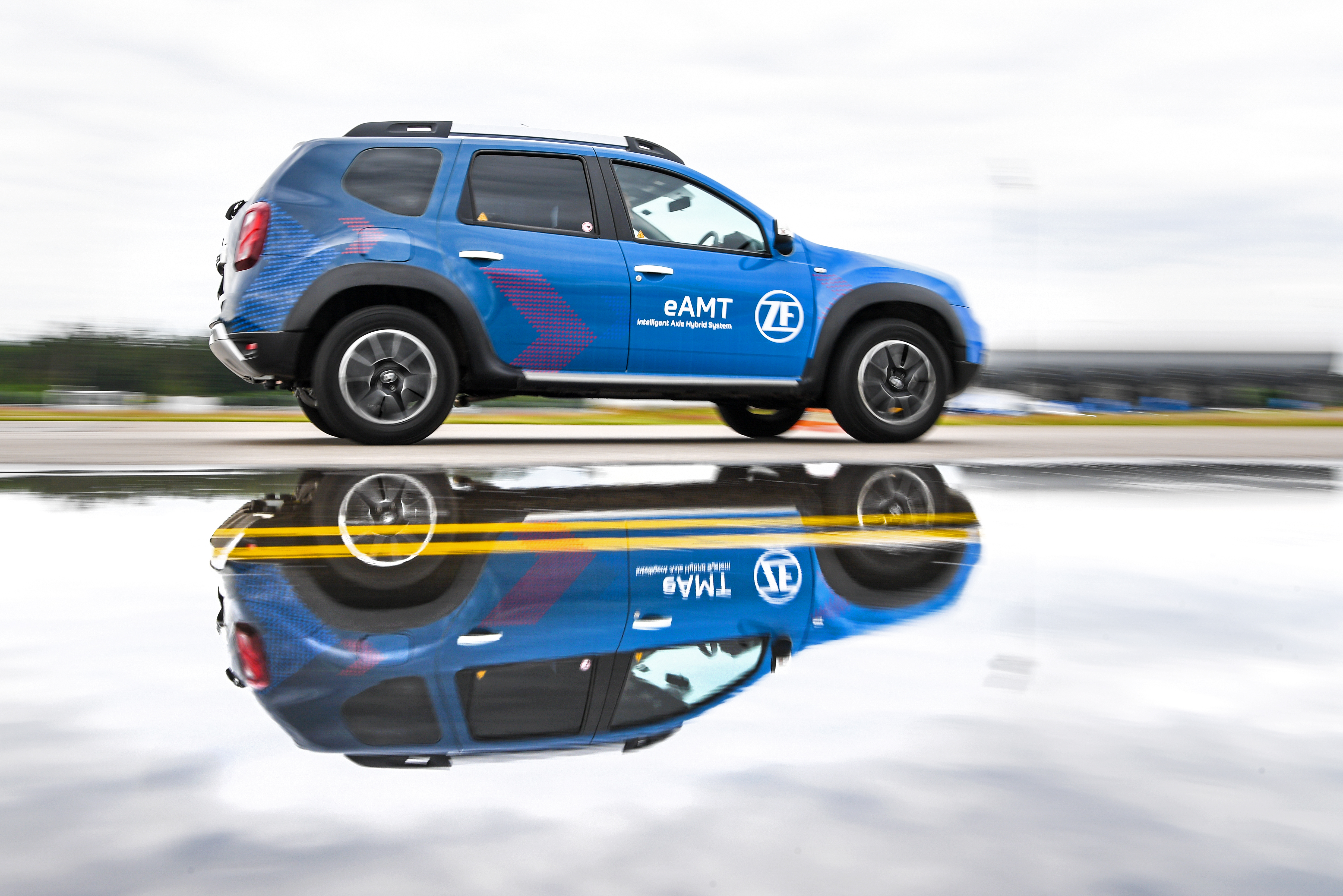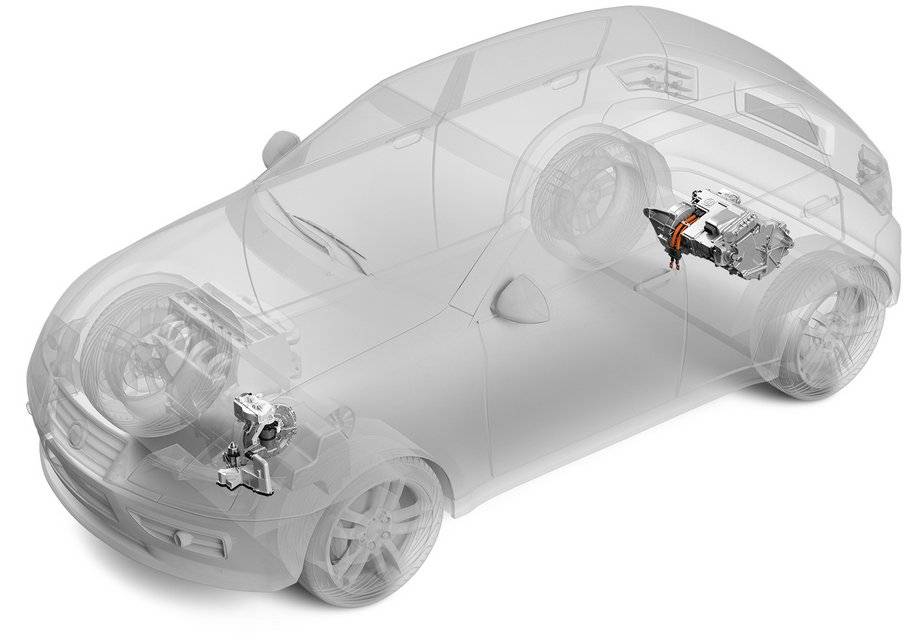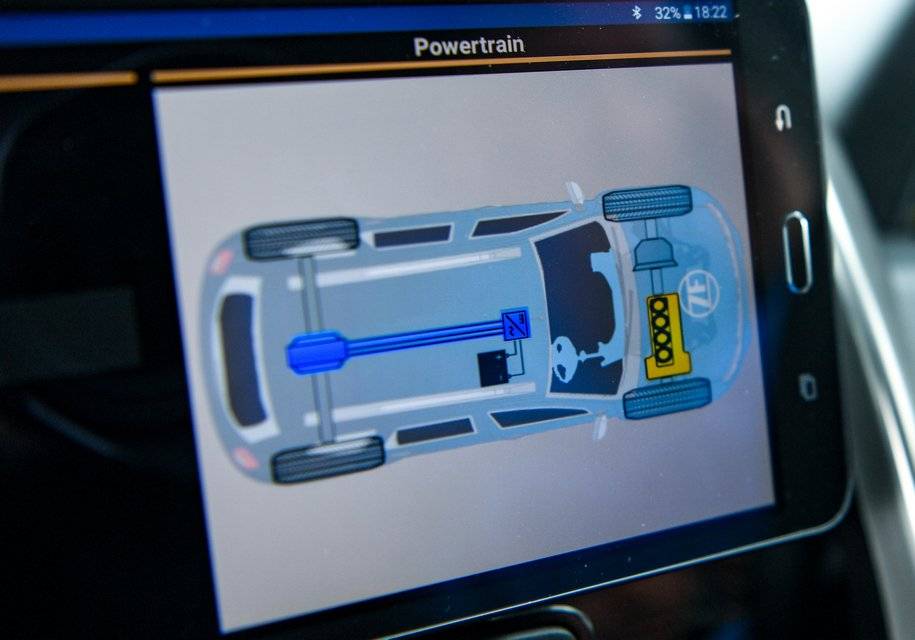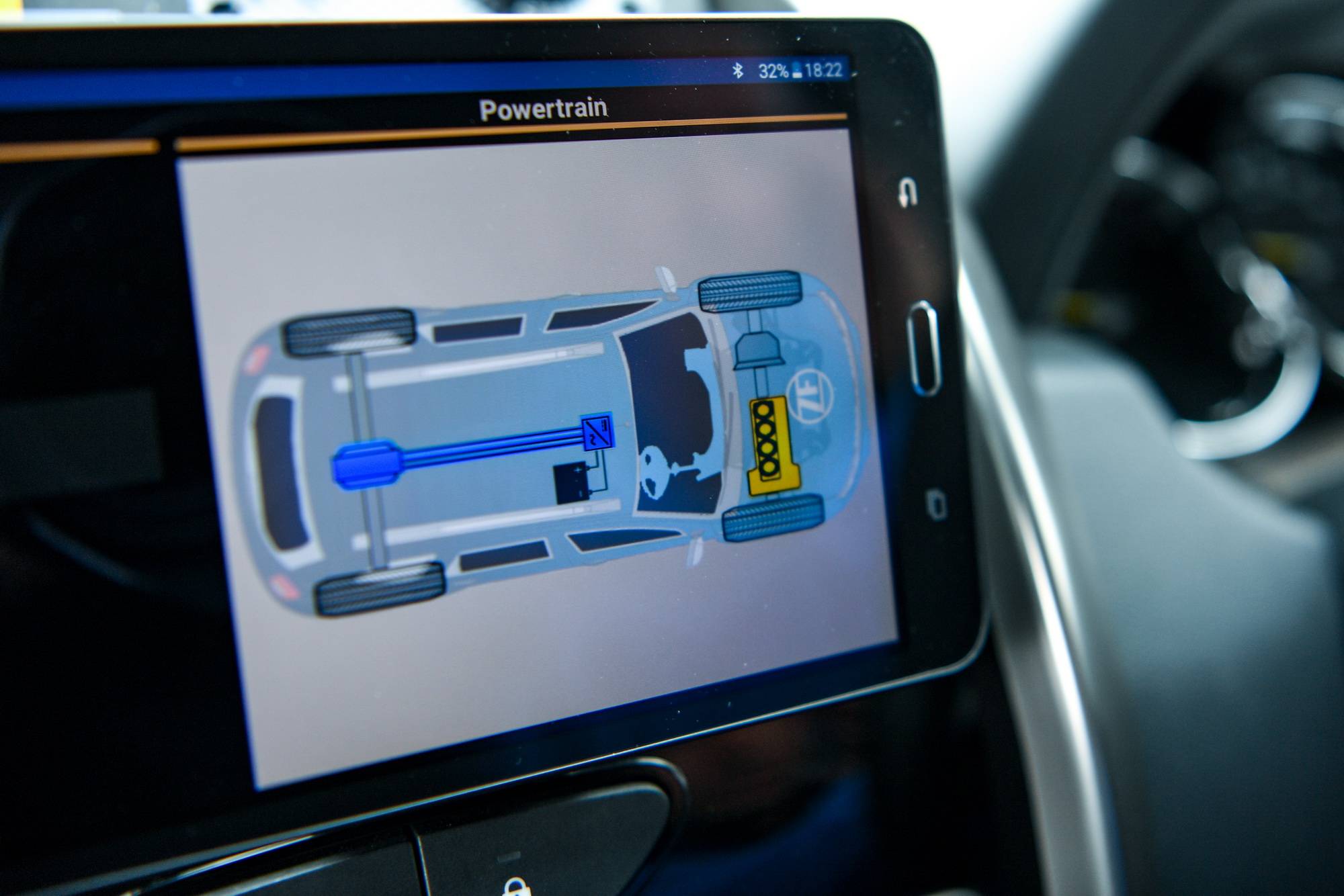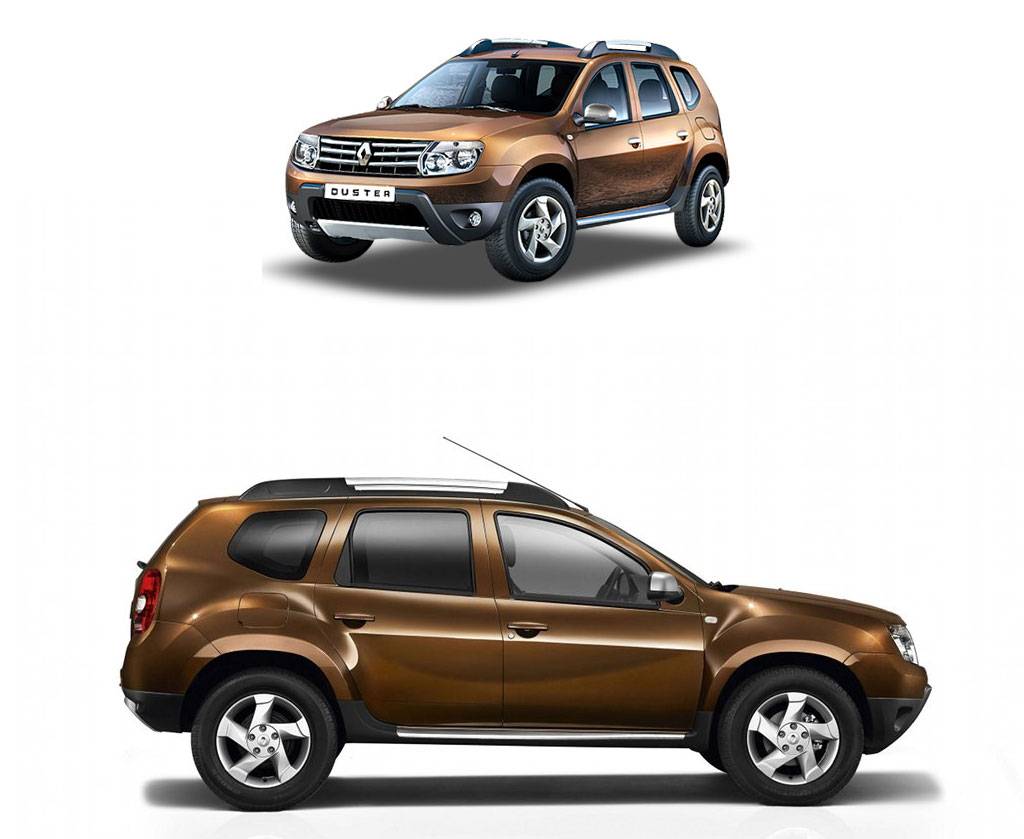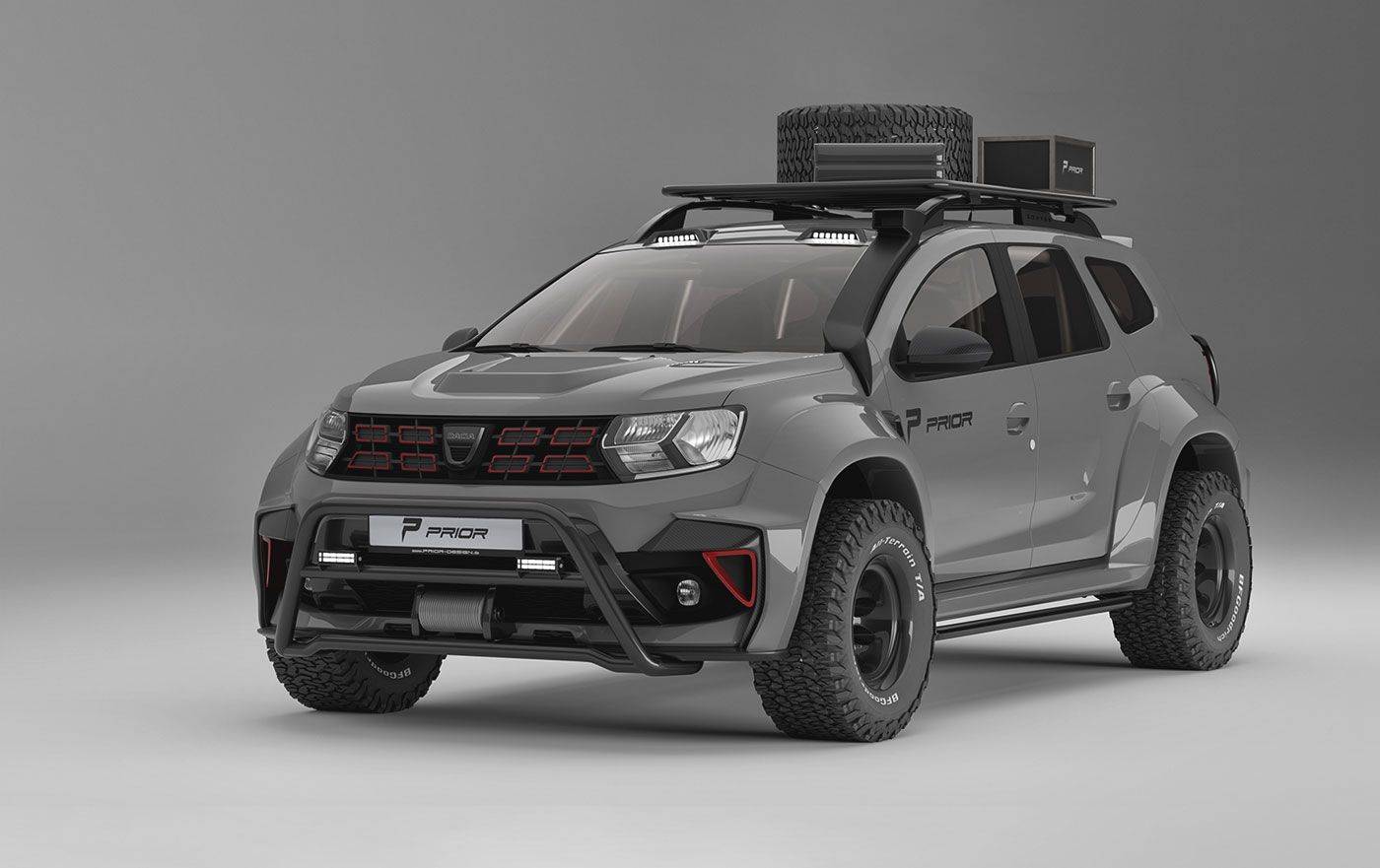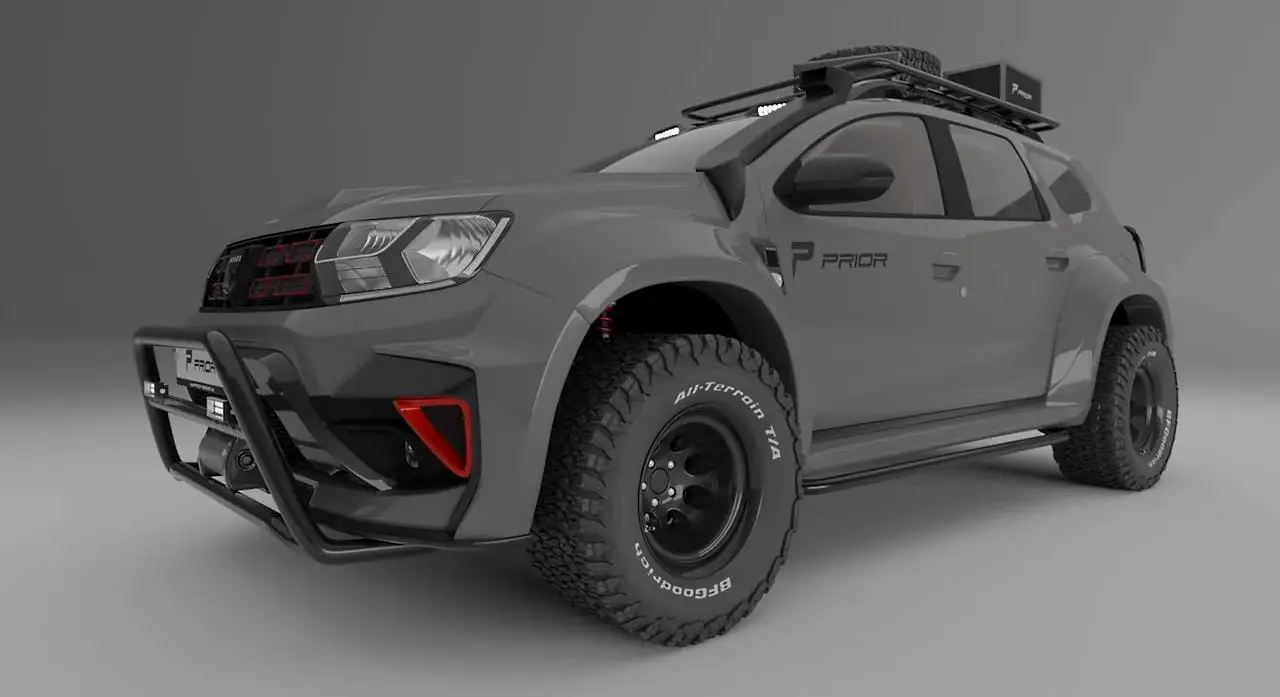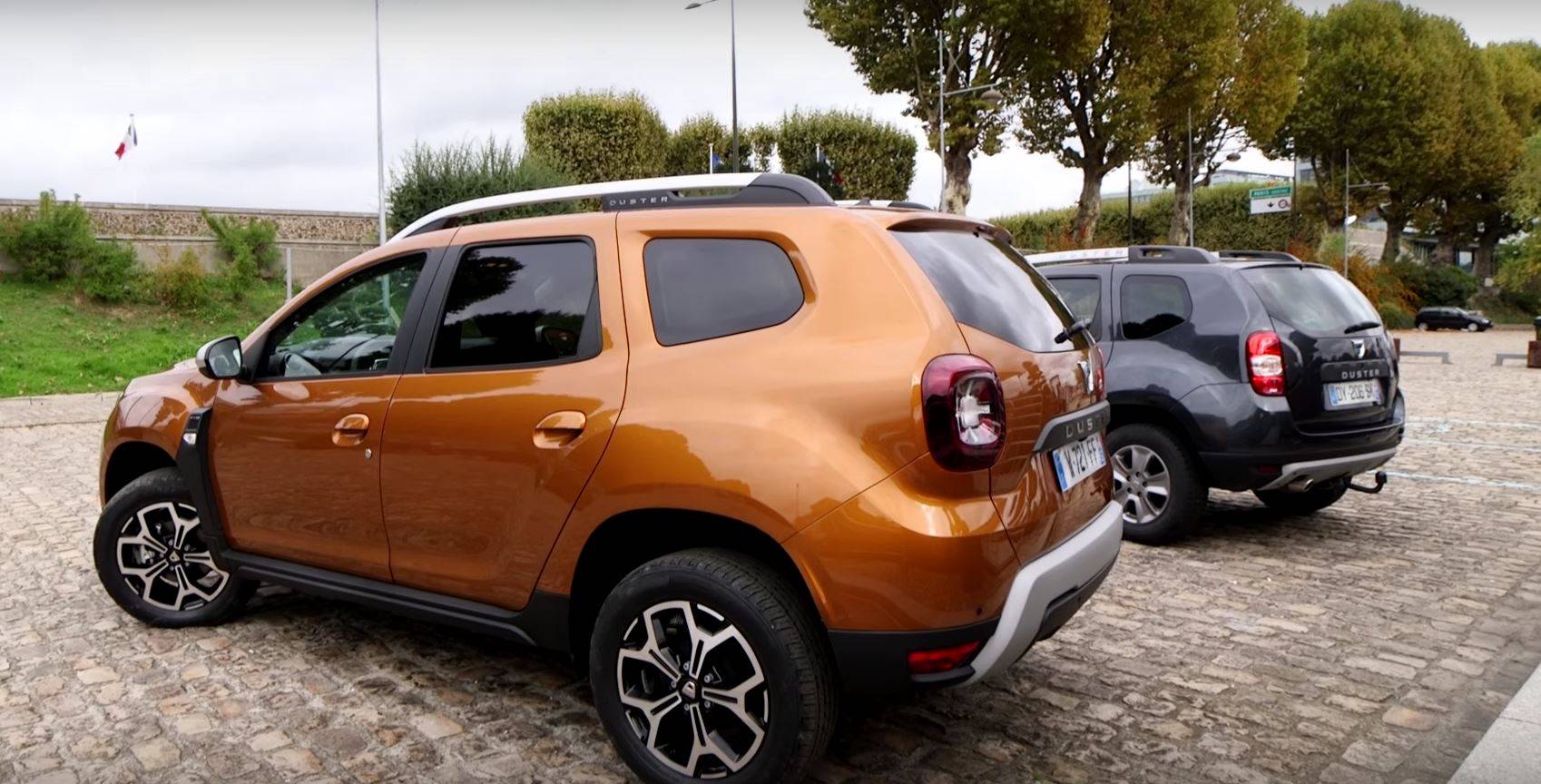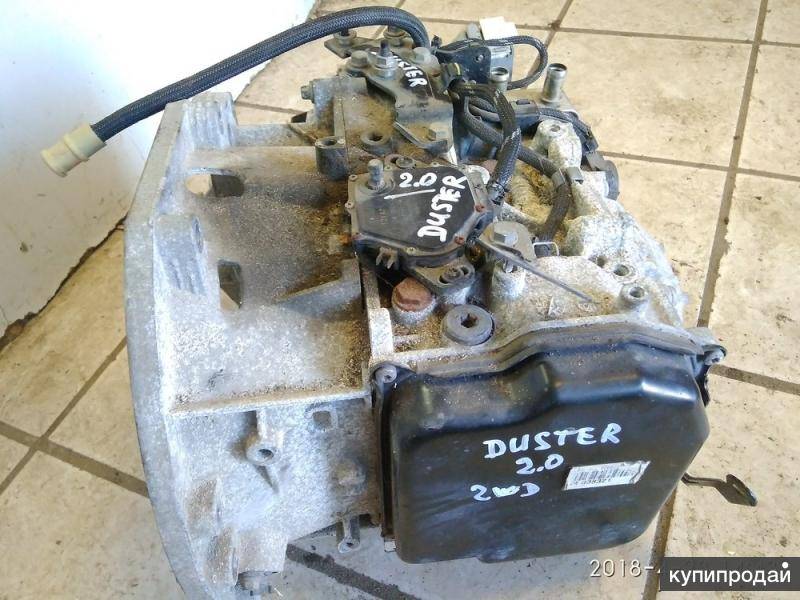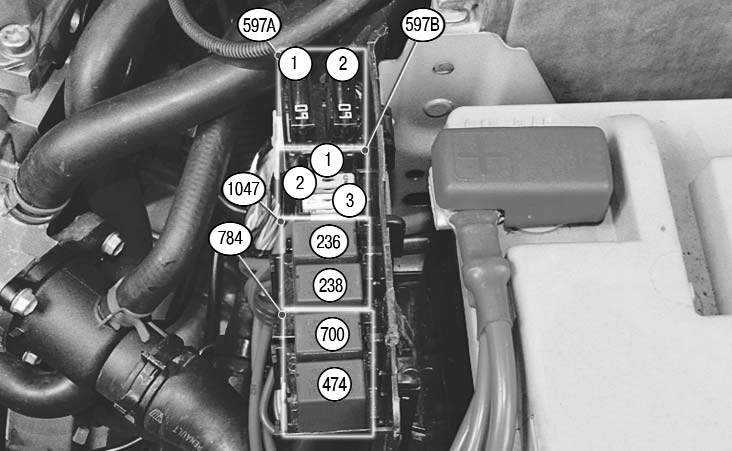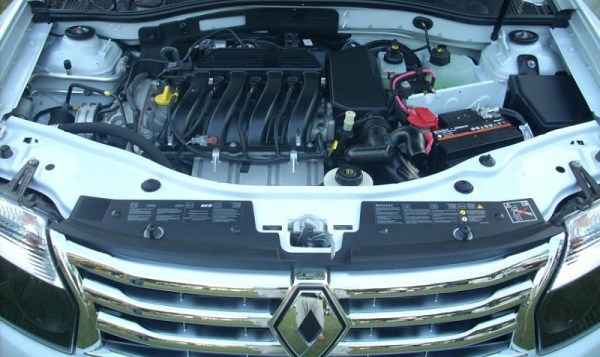Dacia Duster Electric to appear in the next decade
Groupe Renault may be on the EV offensive, but it’s not sure about going 100% electric yet with all brands. The company expects electrification to be slow for the Dacia budget brand.
Gilles Le Borgne, EVP Engineering, Renault Group, said at the 2021 Munich Motor Show (IAA 2021) that Renault expects the share of EVs in Dacia’s sales to reach about 10% by 2030. This would mean fewer Dacia EV launches compared to Renault or Alpine this decade. As a result, a Dacia Duster Electric will not be a part of the third-generation model family. Luca de Meo, CEO of Groupe Renault, reportedly forecasts that the Dacia brand will go all-electric at “the last possible moment” to maintain its pricing structure, as per Automotive News.
A Dacia Duster Electric will arrive eventually, though. According to a report from Automobilwoche, the fourth-generation model breaking cover around 2031 could be the year of the first Dacia Duster EV.
Romanian auto publication AutoExpert interviewed le Vot about Dacia’s plans to electrify their vehicles. He explained that they will first use Renault Clio’s E-Tech hybrid system, then eventually release a Bigster plug-in hybrid, which should be the brand’s first PHEV. Between Euro 7 (emission norms set to go into effect around 2025) and 2035, Dacia hopes to become fully electric. By 2030, the cost of batteries would have fallen to a considerable extent that adoption would be possible in every segment.
Interior
Dacia has a lot of room to grow when it comes to Interior design and materials, Miles said, and so, the next-gen Duster should be further refined and contemporary on the inside. For example, it may feature a slimmer dashboard with an intricate texture similar to that of the third-gen Sandero models. Similarly, a floating touchscreen infotainment system will likely add to both style and practicality while generating extra storage bins in the centre console. An electric parking brake, wireless connectivity for Apple CarPlay and Android Auto, wireless smartphone charging pad, and connected car functions are among the other key features expected of the top-end 2024 Dacia Duster.
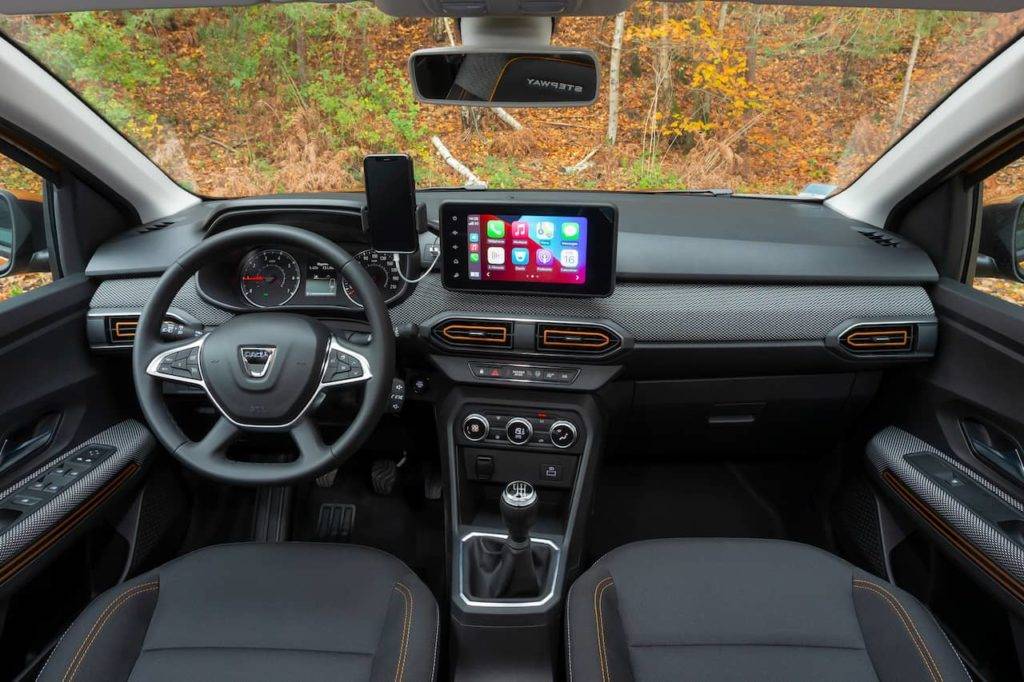 For 2024, the Duster’s interior would be modernized, with a sleek design for the dashboard, centre console, air vents, and infotainment system. Expect some familiarity with the current Sandero (pictured). Image: Dacia
For 2024, the Duster’s interior would be modernized, with a sleek design for the dashboard, centre console, air vents, and infotainment system. Expect some familiarity with the current Sandero (pictured). Image: Dacia
Despite the increase in cost to meet new regulations and customer expectations in product specifications, expect Dacia to keep prices at 20% lower than the rest of the market, positioned in the same segment.
2 million+ Dacia Dusters sold globally
Dacia has managed to sell 2 million units of the Duster worldwide, according to its February 1, 2022 release. The brand says that its popularity stems from multiple factors. 56 per cent of Dacia Duster customers bought the vehicle because of its affordability, 26 per cent because they were attracted to its design, and 16 per cent out of loyalty to the brand. There are more interesting numbers released by the brand — one Duster leaves the production line every 63 seconds and 1,000 leave the factory every day. The third-gen model, if done right, can only further the success of the Duster brand, which some say has already surpassed that of Dacia!
Featured Image Source: Kleber Silva of KDesign AG
Design
Second-gen Dacia Duster program director Julien Ferry told Autocar that the incoming SUV should be “the same” car, which indicates the strong likelihood of a familiar design and the preservation of the excellent value for money proposition. Duster customers expect a simple car with off-road ability, and delivering on these demands in the third generation will be a priority.
The Dacia Duster is known for its simple yet powerful design with authentic SUV proportions. That’s one aspect it won’t deviate from in the future, but it would get more sophisticated with the switch to the CMF-B platform. Note that we’re talking about the low-cost CMF-B LS (Low Specification) platform, one that is used on the new Logan, Sandero and Jogger carlines.
The Dacia Bigster Concept introduced in January 2021 should be the design basis for the next-gen Duster. In May 2021, Autofacil published patent images that allegedly leaked the exterior design of the production Dacia Bigster. The patent images show subtle changes to the bumper, bonnet, fenders, mirrors, quarter glass panels, and spoilers. However, the overall look is very close to that of the concept.
The same month, cumulative production of the Dacia Duster in Mioveni, Romania, reached two million units. Dacia started making the Duster at this plant in the first generation in 2010 and should continue the production through the third generation.
Though it’s a back-to-basics SUV, the next-gen 2024 Dacia Duster would have to be ‘essential but cool,’ ‘robust and outdoors,’ and ‘eco-smart,’ as these are the pillars of the Dacia brand, Miles Nürnberger, the company’s new design boss, told Top Gear.
Platform & Powertrain
The third generation 2024 Dacia Duster will be a step up for the nameplate, which in its current generation traces its roots to the B0 platform and some components derived from Renault’s inventory used in 1998. Like the new Sandero, the Duster will upgrade to the modern CMF-B platform, which will comply with European crash test norms, and allow for a Dacia Duster Hybrid variant, planned because of future emission regulations.
As per an August 2021 report from French publication L’argus, the next-gen Dacia Duster is set to receive the same system that powers the Clio and Captur (called the E-Tech). The new 1.8L engine, internally codenamed HR18 is an evolution of the current 1.6L.
According to the report, the 1.6L originally called for using the Atkinson cycle for engine power, however, this would reduce the engine’s output in favour of fuel efficiency, and the idea was scrapped. The increased displacement in the 1.8-litre HR18 could allow the switch to the Atkinson cycle without the loss of power, the report said.
The hybrid and plug-in hybrid variants of the Dacia Duster are due in 2024, and the Bigster expected in early 2025 will also make use of this powertrain. Denis Le Vot, EVP & CEO, Dacia, did tell L’Argus in January 2021 that the company’s “heaviest vehicles will also have a plug-in hybrid system.” So, while electrifying it to make it eco-friendly, the company will ensure that it stays tough and powerful to handle normal off-roading, while not burning a hole in the customer’s wallet.


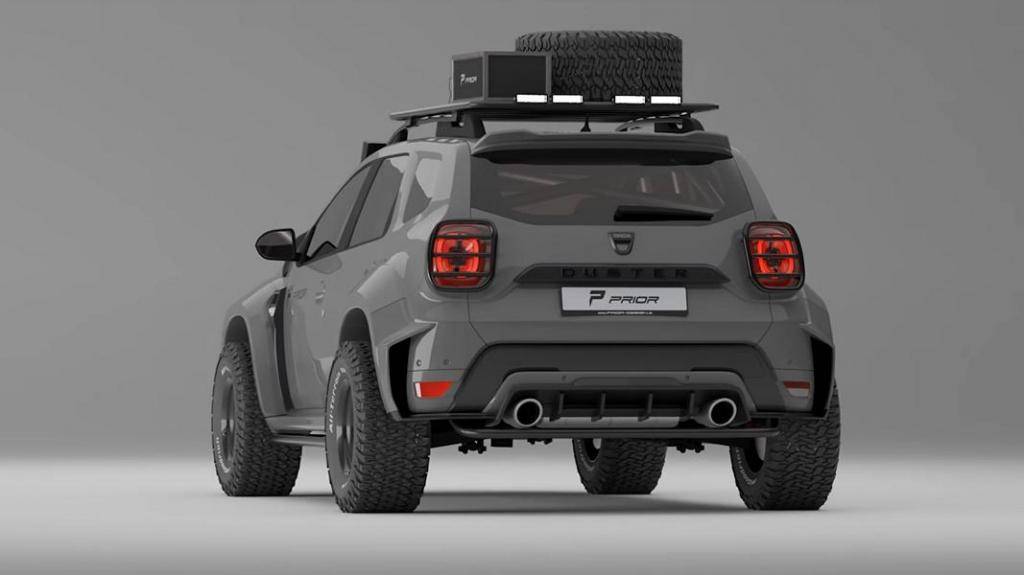
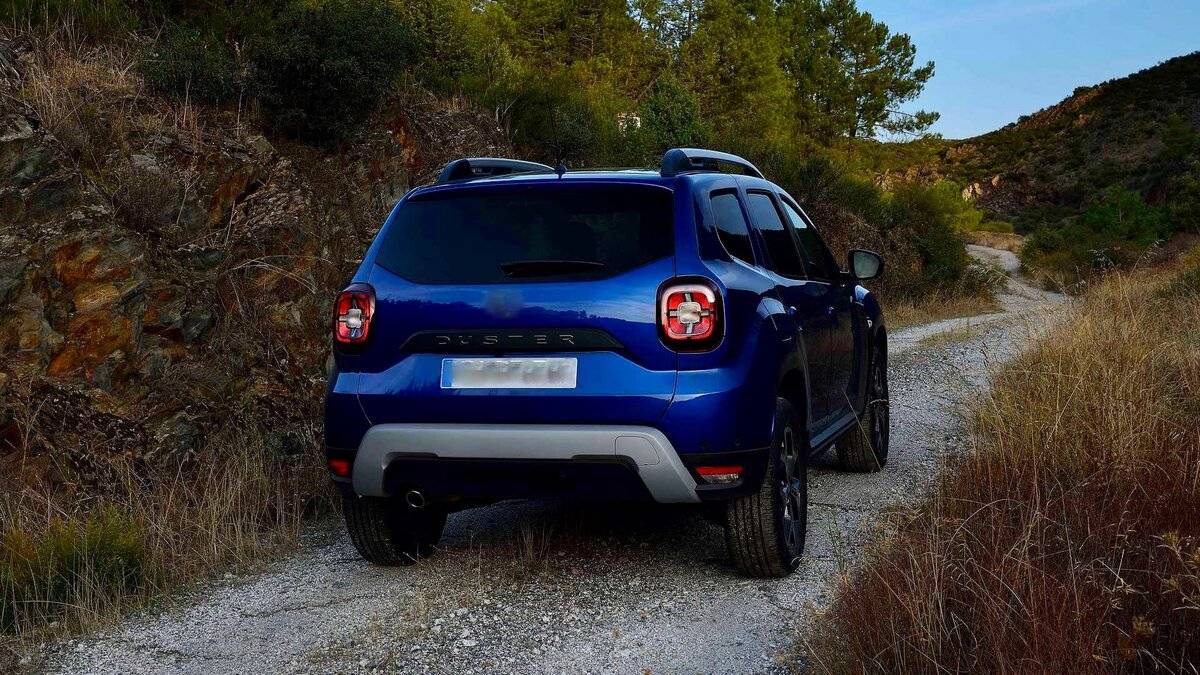
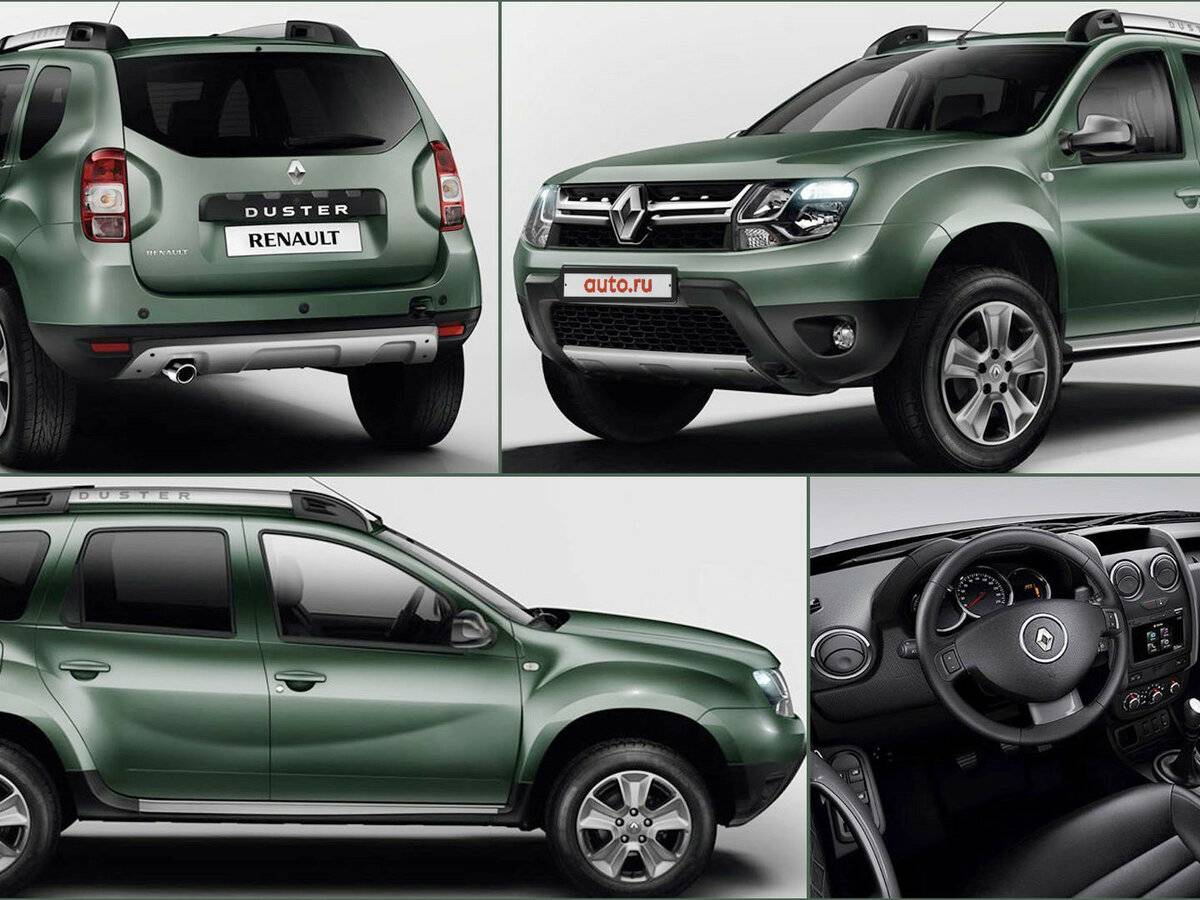
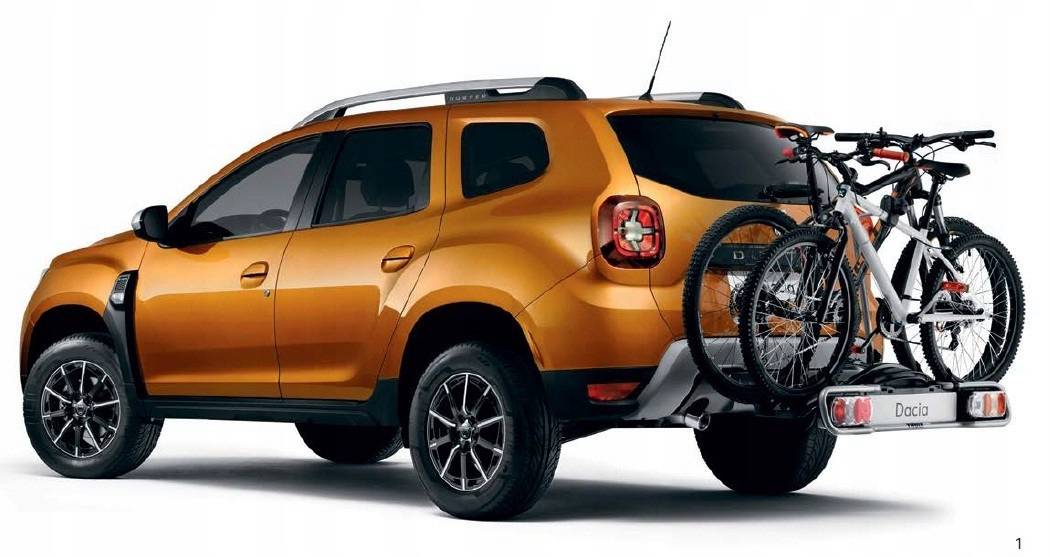
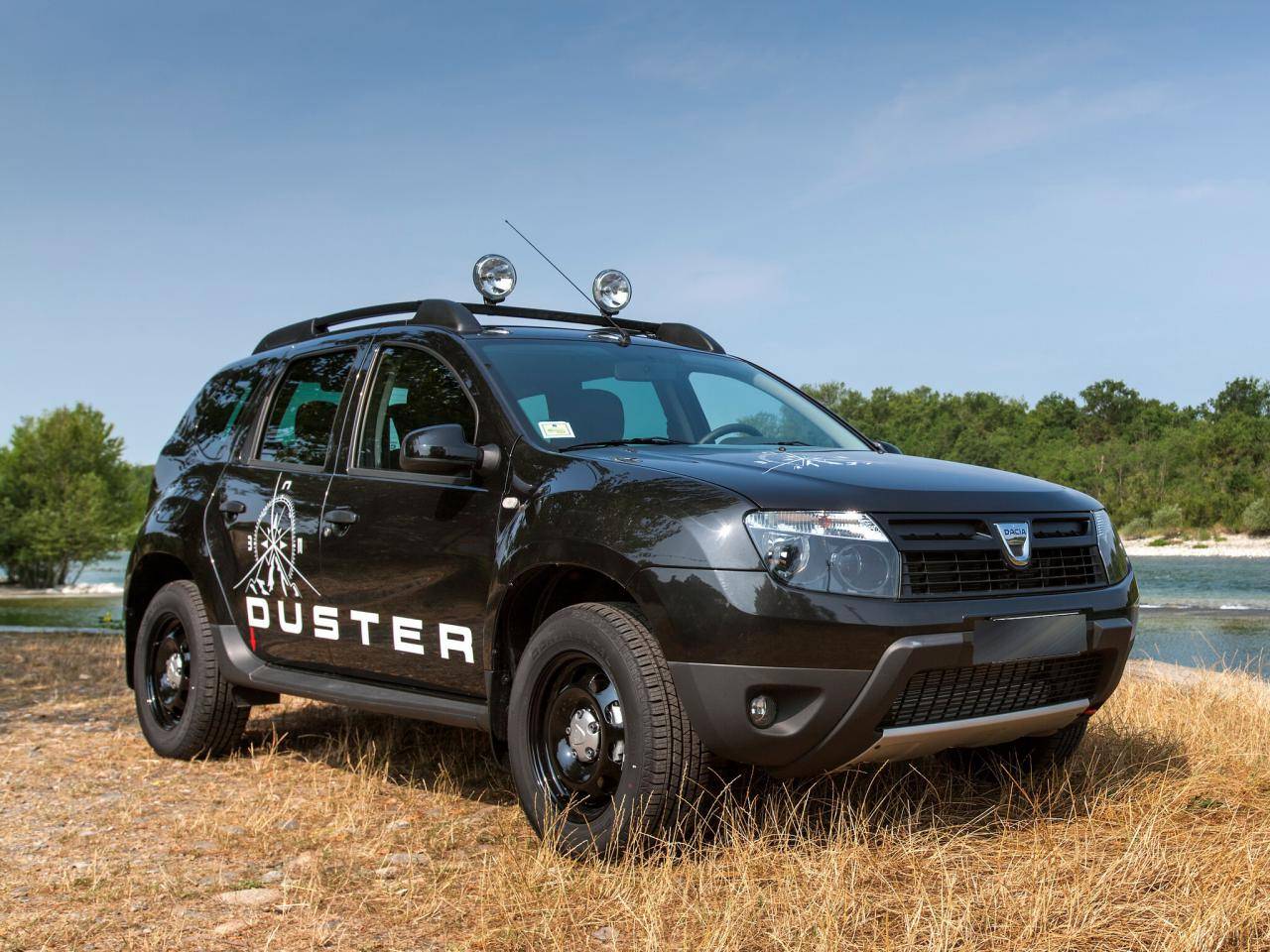
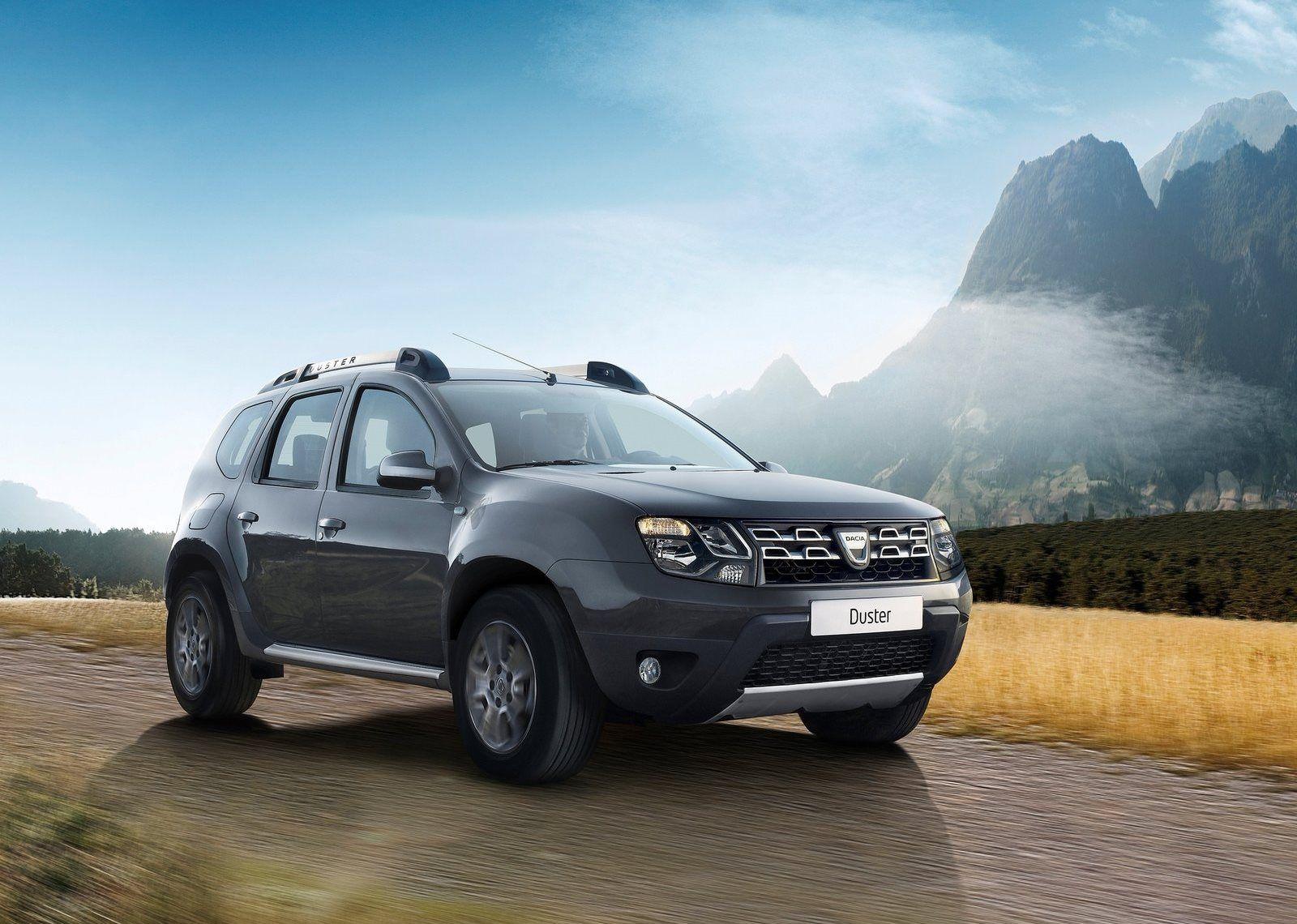
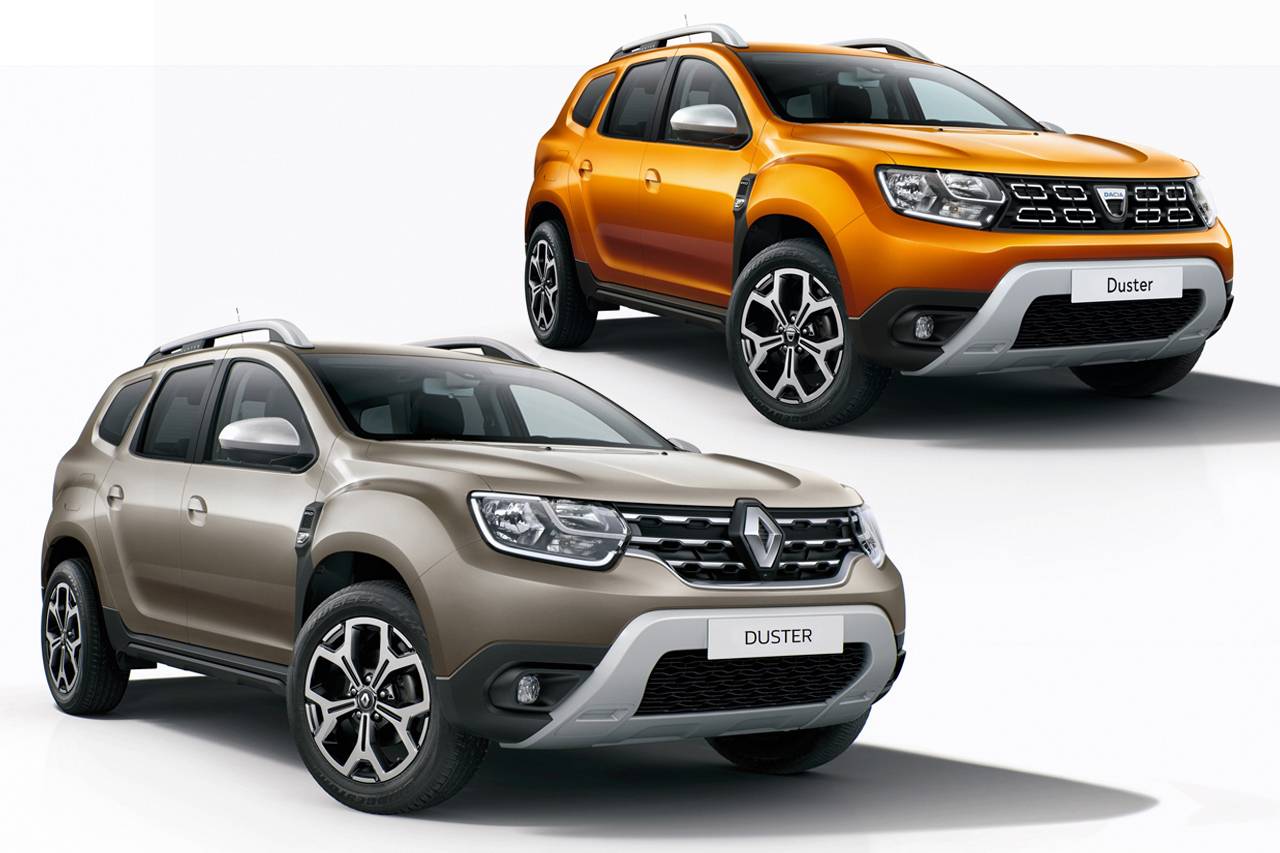

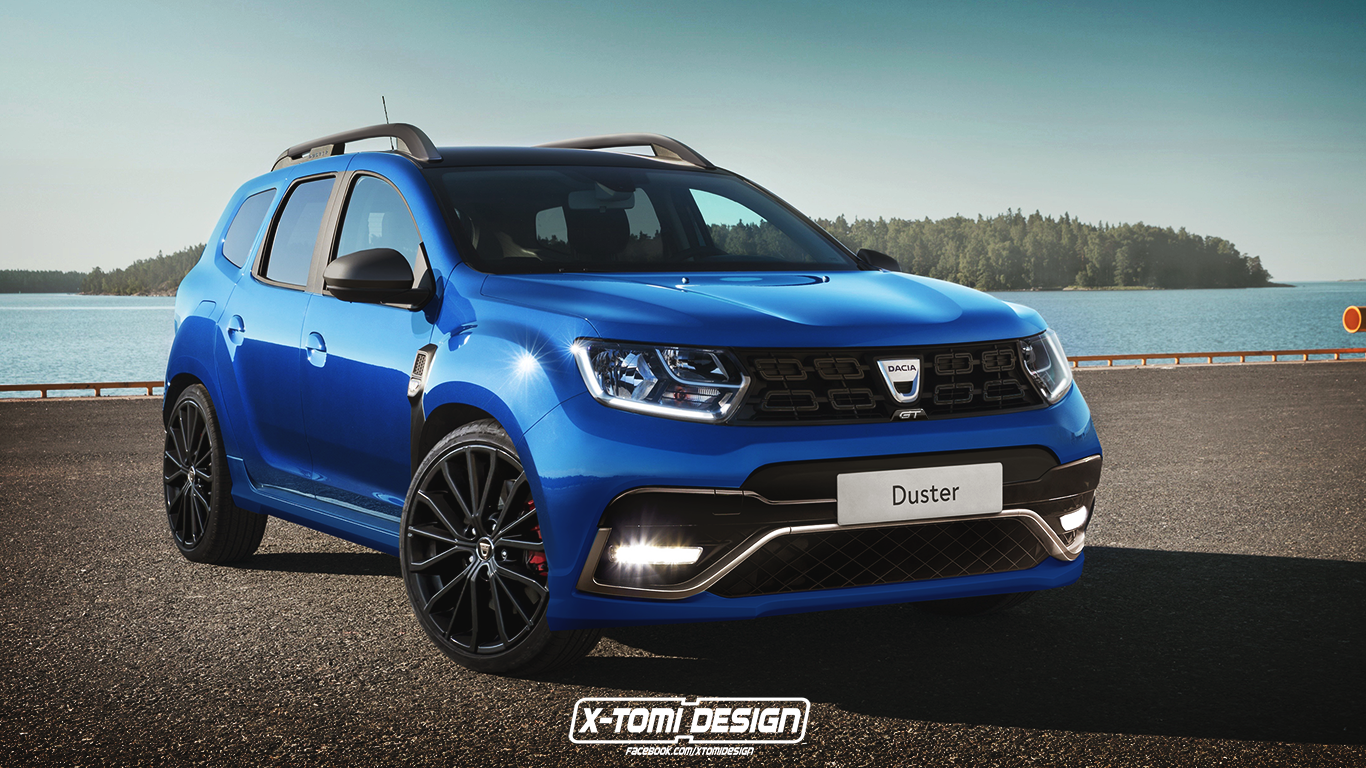
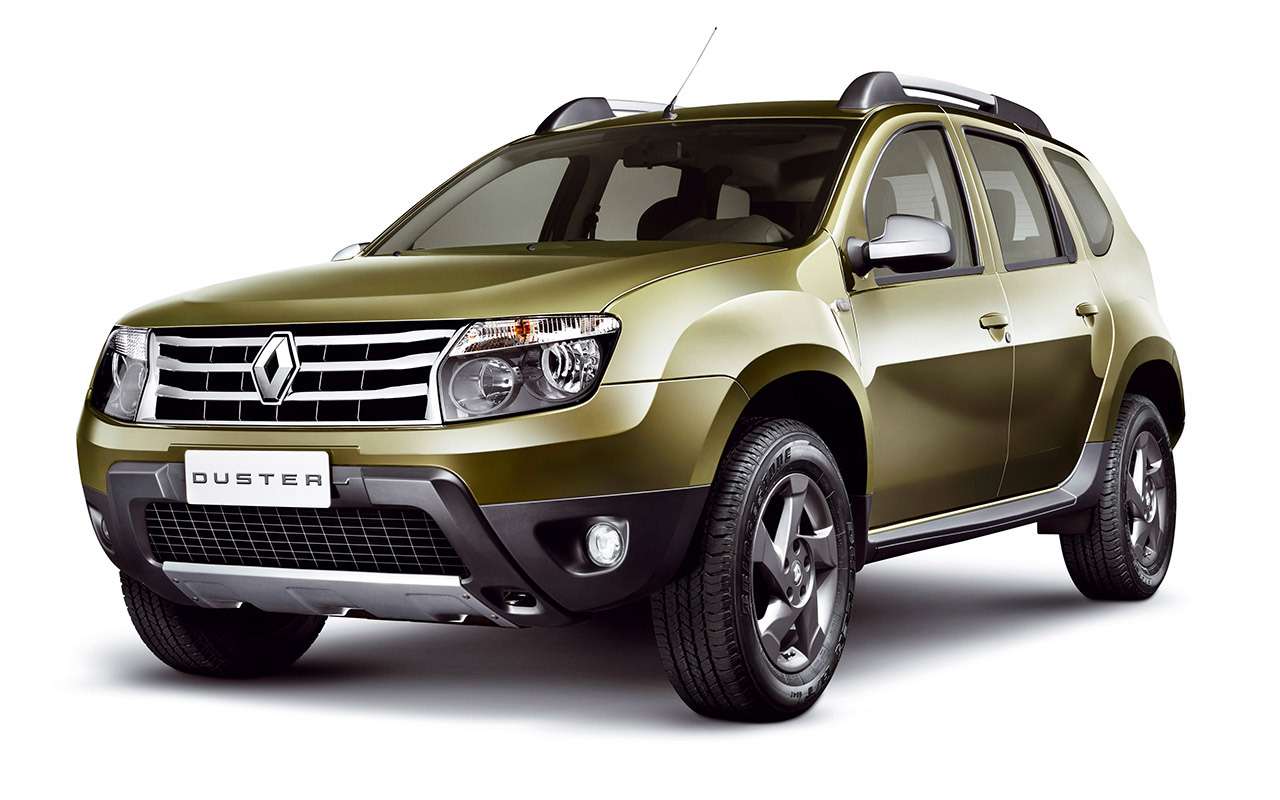
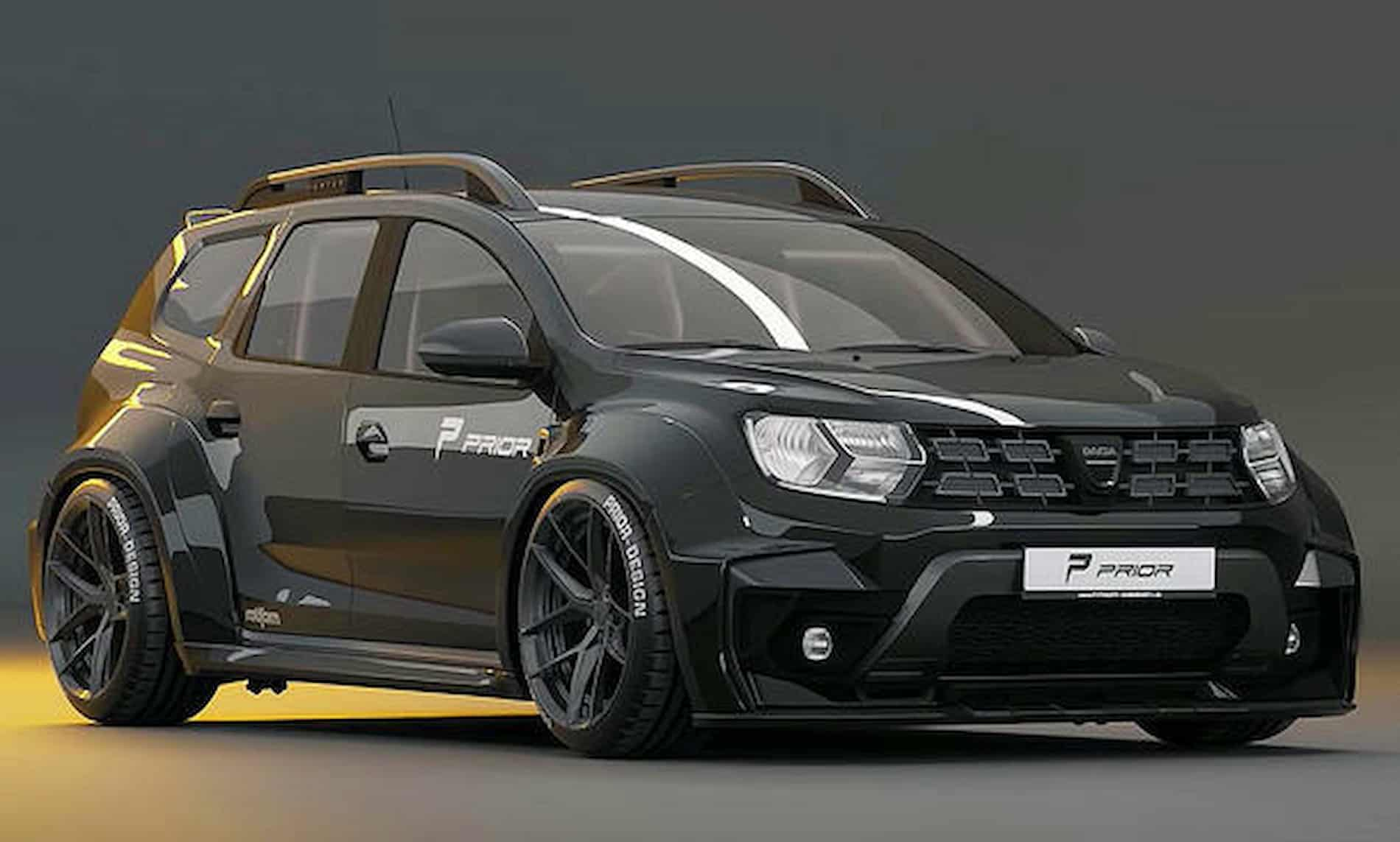
![Gen 3 dacia duster (2024) to get hybrid, but not an ev [update]](https://renamax.ru/wp-content/uploads/c/1/4/c149b01d8003e544d0e49eb19a2de3af.jpeg)
